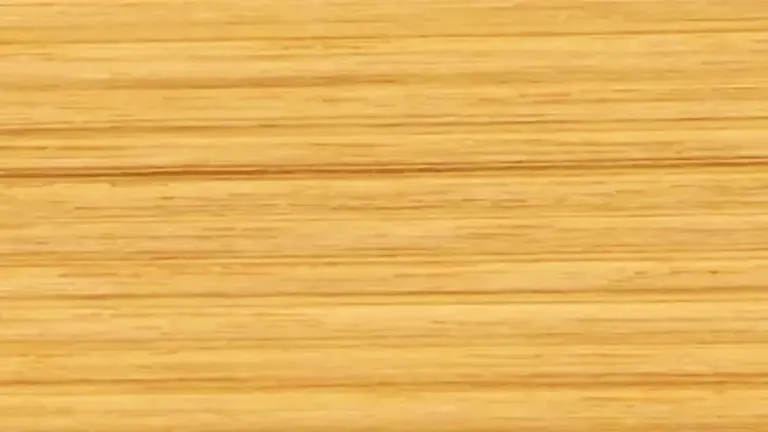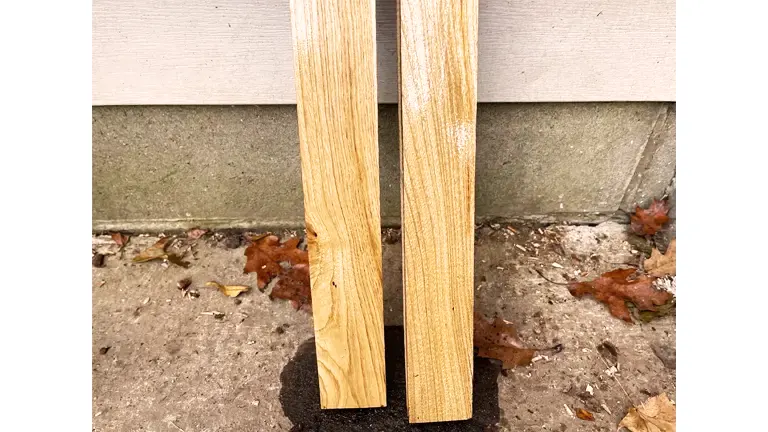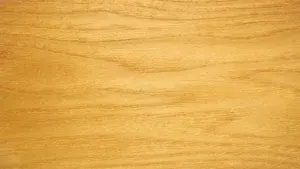Chinese Chestnut Lumber
- June 28, 2023
- 1 comment
Chinese Chestnut, known scientifically as Castanea mollissima, is a deciduous hardwood species native to China, Korea, and Taiwan. The lumber produced from this species is valued for its strength, durability, and exceptional resistance to decay. Chinese Chestnut trees are notable for their rapid growth and high yield, making them a sustainable source for commercial lumber production. The harvested wood has a broad range of applications, including furniture making, flooring, fencing, and other construction-related uses.

The visual appeal of Chinese Chestnut lumber lies in its warm, rich color palette, typically ranging from light to medium brown, sometimes with a slightly reddish hue. This wood has a distinct grain pattern, usually straight or slightly wavy, with a coarse texture that adds a rugged and organic touch to its overall aesthetic. One of the notable characteristics of Chinese Chestnut lumber is its remarkable hardness.
Chinese Chestnut lumber is prized for its warm, rich color palette, ranging from light to medium brown with occasional reddish tones. Its distinct, straight or slightly wavy grain pattern and coarse texture lend it an organic, rugged charm. This wood’s exceptional hardness makes it resilient but demands sharp tools for work, while its coarse grain necessitates careful finishing to achieve a smooth surface. Proper drying is crucial to prevent splitting. Despite these challenges, Chinese Chestnut lumber is favored for its durability, aesthetic allure, and character it imparts to projects.
| Attribute | Information |
|---|---|
| Common Name(s) | Chinese Chestnut |
| Scientific Name | Castanea mollissima |
| Distribution | China, Korea, Japan |
| Tree Size | 50-70 feet tall, 2-3 feet in diameter |
| Average Dried Weight | 38 lbs/ft^3 (610 kg/m^3) |
| Specific Gravity | 0.61 |
| Janka Hardness | 540 lbf (2,400 N) |
| Modulus of Rupture | 9,900 lbf/in^2 (68.3 MPa) |
| Elastic Modulus | 1,420,000 lbf/in^2 (9.79 GPa) |
| Crushing Strength | 6,250 lbf/in^2 (43.1 MPa) |
| Shrinkage | Radial: 4.6%, Tangential: 8.4%, Volumetric: 13.0% |
Characteristics
Color/Appearance
Chinese Chestnut showcases a rich, warm brown color that can vary from light to medium tones. The wood often exhibits darker streaks and occasional mineral deposits, adding to its visual appeal.

Grain/Texture
The grain of Chinese Chestnut is typically straight, and the texture is coarse and even. The wood has a moderate natural luster and a distinctive grain pattern, making it visually captivating.
Rot Resistance
Chinese Chestnut boasts excellent natural resistance to decay and rot. It is known for its durability, which contributes to its suitability for outdoor applications.
Workability
Chinese Chestnut is relatively easy to work with hand and machine tools. It responds well to cutting, sanding, and finishing. However, some care is required when nailing or screwing to avoid splitting due to its density.
Odor
Chinese Chestnut has no distinct odor, making it suitable for various interior applications.
Allergies/Toxicity
There are no known allergies or toxic reactions associated with Chinese Chestnut. However, as with any wood dust, proper respiratory protection should be used during sanding and machining processes.
Pricing/Availability
Chinese Chestnut lumber is generally priced moderately. While it may not be as widely available as some other wood species, it can be sourced from specialized suppliers or regions where it is grown.
Sustainability
Sustainable harvesting practices are crucial to ensure the availability of Chinese Chestnut. When sourced responsibly, it can be considered a sustainable choice for woodworking projects.

Common Uses
Chinese Chestnut finds a range of applications, including furniture, cabinetry, interior trim, flooring, and exterior projects like siding, decking, and outdoor furniture. Its durability, attractive appearance, and workability make it a versatile option for various woodworking endeavors.
Frequently Asked Questions
- Is Chinese Chestnut suitable for outdoor use?
Yes, Chinese Chestnut’s natural rot resistance makes it an excellent choice for outdoor projects, such as decking and siding. - Can Chinese Chestnut be stained or finished?
Yes, Chinese Chestnut takes stains and finishes well, allowing for customization and achieving desired aesthetics. - Is Chinese Chestnut similar to American Chestnut?
While both Chinese Chestnut and American Chestnut belong to the same genus, they have distinct characteristics. Chinese Chestnut is more readily available and possesses natural resistance to decay, unlike the American Chestnut. - Does Chinese Chestnut have a distinctive grain pattern?
Yes, Chinese Chestnut exhibits a distinctive grain pattern, adding visual interest to woodworking projects. - How does Chinese Chestnut compare to other hardwoods in terms of hardness?
Chinese Chestnut has a moderate Janka hardness rating, making it suitable for various applications, including flooring and furniture.
We’d love to hear from you! Share your personal experiences and thoughts about Chinese Chestnut Lumber in the comments section below. Your insights could help fellow enthusiasts make informed decisions!







In northern Wisconsin, I'm in the process of planting 500 today in the rain, which will now bring the total up to approximately 4500 on a 160 acres.Doing fine along the shores of lake superior
Michael Murphy
April 27, 2024 7:31 pm